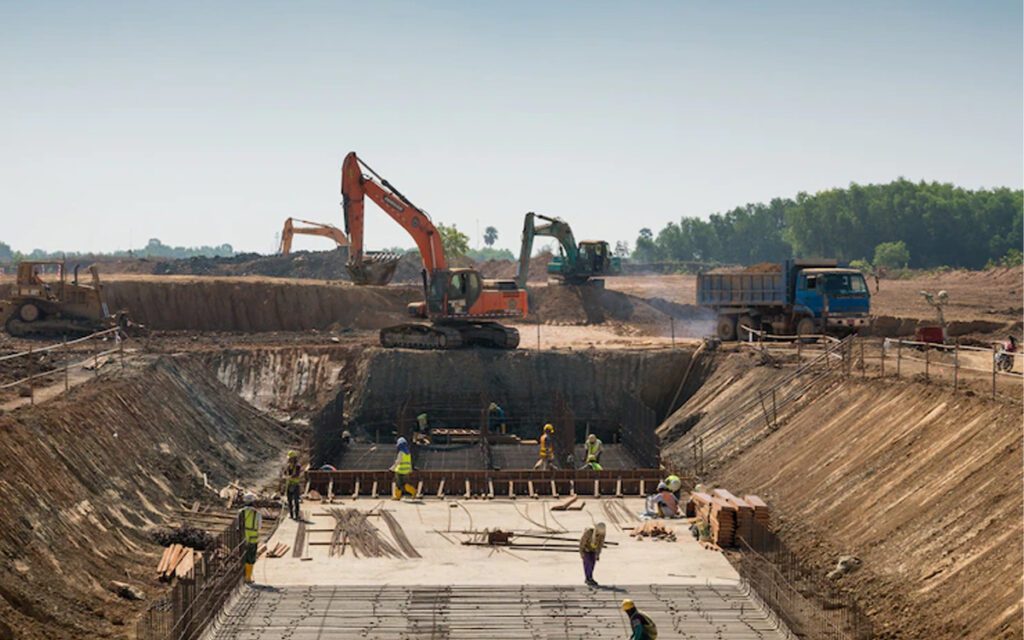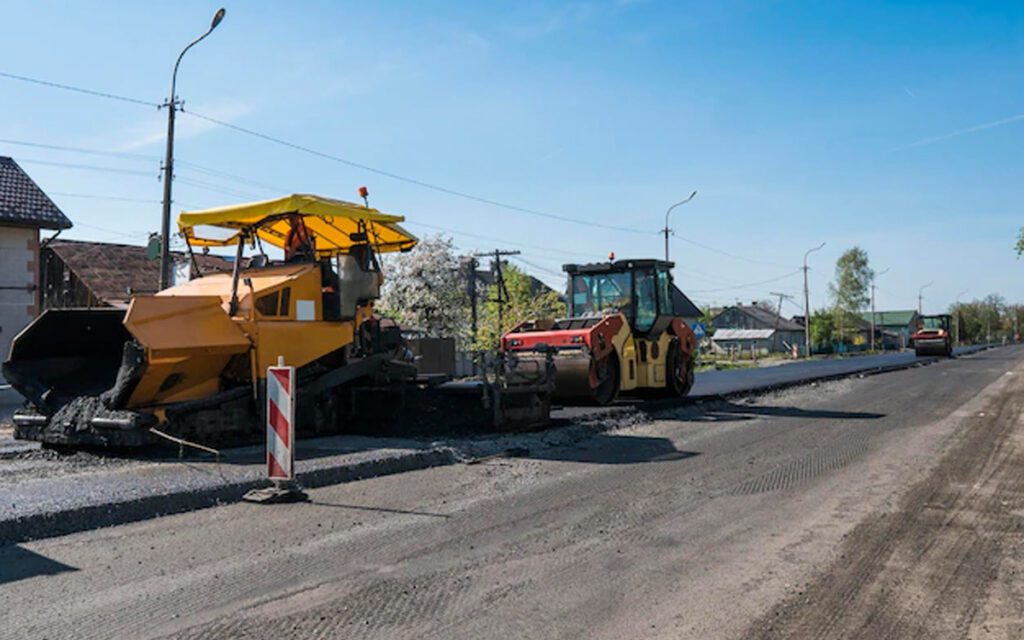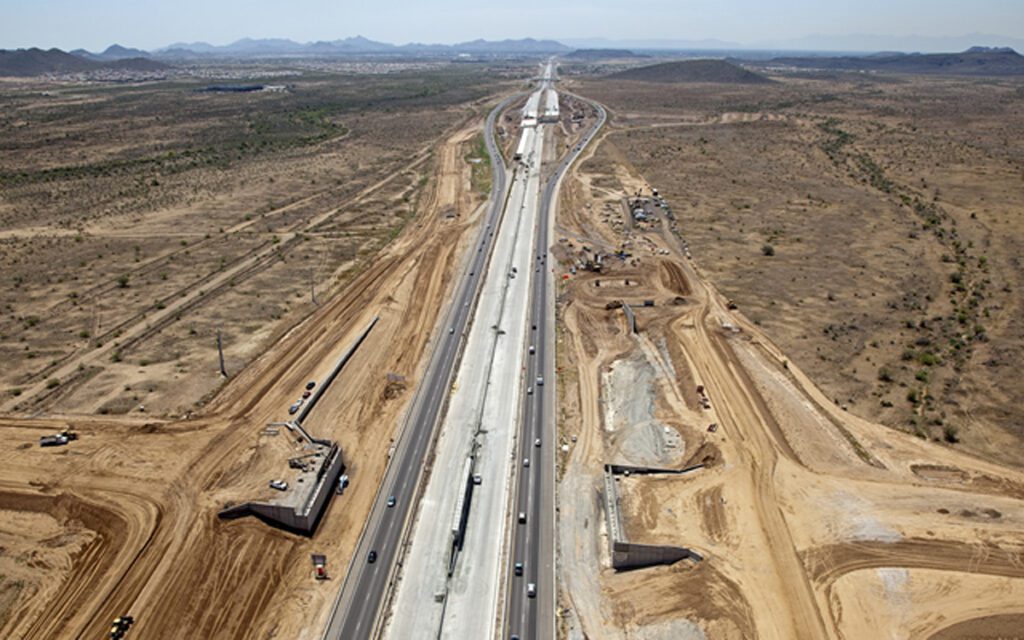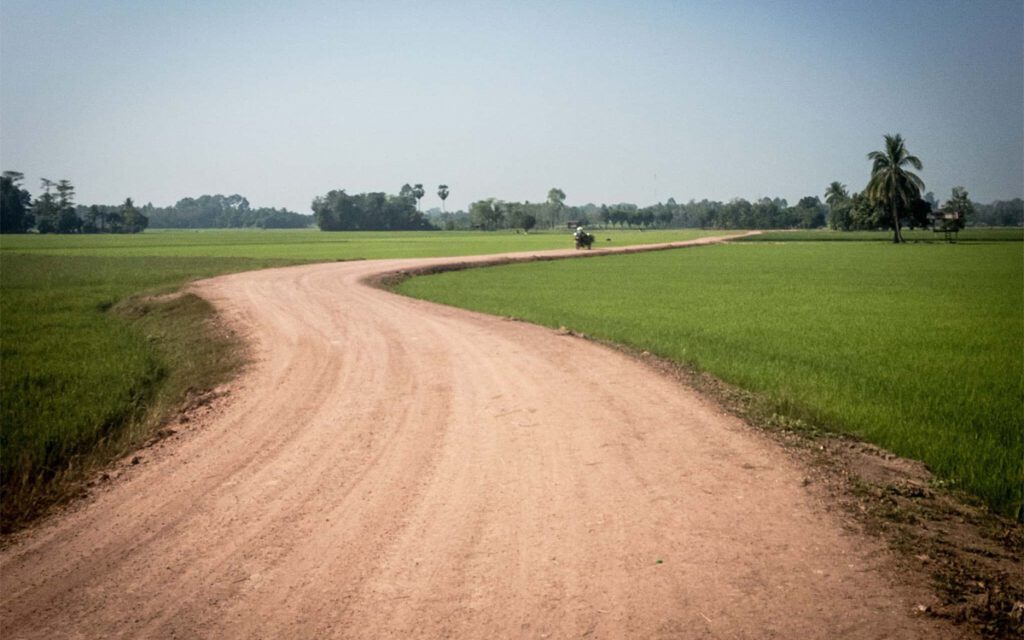Road Construction
- Home
- Oikoshreem Realtors pvt ltd
- Road Construction




Road Construction
In order to adhere to legal or official standards, roads must be built with an engineered, uninterrupted right-of-way or roadbed that crosses geographic barriers, has levels low enough to allow for automobile or foot traffic, and is required.
Modern Road Construction
Natural barriers must be removed in order to build modern highways, and new building materials that are considerably more durable and resilient must be used. In a nutshell, the steps involved in building a road are as follows:


The two most common techniques used to remove soil and rocks are explosions and digging.


In order to remove the region of vegetation, any necessary deforestation is carried out after the building of embankments, tunnels, and bridges.


The pavement material is laid down during the last stage of building a road using a range of different construction tools.
It is essential to create a pavement structure that is extremely well-bonded while building a new road, whether it be made of asphalt or concrete, starting with a strong foundation layer and working your way up to a surface course that is correctly levelled.
5 types of road construction for a durable and cost-effective solution
Here are certain guidelines we adhere to in order to develop your plot plan:


Whitetopping Roads
While repairs to the asphalt can be done if necessary, whitetopping is excellent for asphalt pavement with little deterioration. If the pavement is seriously damaged, it should be entirely removed and replaced with a new concrete surface. Likewise, the pavement need to be rather firm. On asphalt substrates with high viscosity, overlay deterioration is noticeably worsened. The asphalt can be milled to maintain the pavement’s height if a grade or distance between the pavement and a bridge must be maintained. However, the asphalt layer must be at least three inches deep in order to use white topping. If necessary, a segment of the new concrete road can be tucked beneath a bridge with sloping sides that connect to the white-topped sections of the road.
Polymer Fiber Reinforced Concrete Roads
The use of polymeric fibres has increased due to their low cost and lack of corrosion danger. Polyester or polypropylene are the two most often used polymeric fibres. Highways, neighbourhood streets, junctions, parking lots, bus pads, walkways, driveways, bridge decks, pavement overlays, industrial floors, airfield pavement overlays, and patches are just a few of the pavement applications that utilise FRC material technology. FRC can be applied to new construction, maintenance (patching), rehabilitation (overlays), and rebuilding of pavement applications. Over the past few years, there has been a noticeable increase in the usage of FRC for bonded concrete overlays over asphalt or composite pavements for modest pavement restoration. The bulk of FRC overlays of this kind have been for thinner installations of bonded concrete overlays of asphalt (BCOA), which range in thickness from 3 to 6 in. In UTW [ultra-thin whitetopping] pavements, macrofibers demonstrate excellent effectiveness in supplying additional structural capacity and maintaining joint load transfer efficiency.




Bituminous Roads
Composite Pavement Road








